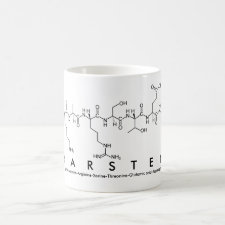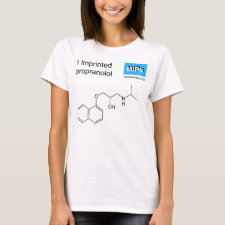
Authors: Kantarovich K, Tsarfati I, Gheber LA, Haupt K, Bar I
Article Title: Detection Of Biochips By Raman And Surface Enhanced Raman Spectroscopies.
Publication date: 2010
Journal: AIP Conference Proceedings
Volume: 1267
Issue: (1)
Page numbers: 1010.
DOI: 10.1063/1.3482265
Alternative URL: http://scitation.aip.org/content/aip/proceeding/aipcp/10.1063/1.3482265
Abstract: Biochips constitute a rapidly increasing research field driven by the versatility of sensing devices and the importance of their applications in the bioanalytical field, drug development, environmental monitoring, food analysis, etc. Common strategies used for creating biochips and for reading them have extensive limitations, motivating development of miniature biochips and label-free formats.
To achieve these goals we combined the nano fountain pen method, for printing microscale features with Raman spectroscopy or surface enhanced Raman spectroscopy (SERS) for reading droplets of synthetic receptors. These receptors include molecularly imprinted polymers (MIPs), which are obtained by polymerization of suitable functional and cross-linking monomers around molecular templates. MIPs are characterized by higher physical and chemical stability than biomacromolecules, and therefore are potentially very suitable as recognition elements for biosensors, or biochips.
The monitored bands in the Raman and SERS spectra could be related to the taken up compound, allowing direct detection of the template, i.e., the β-blocking drug propranolol in the imprinted droplets, as well as imaging of individual and multiple dots in an array. This study shows that the combination of nanolithography techniques with SERS might open the possibility of miniaturized arrayed MIP sensors with label-free, specific and quantitative detection.
Template and target information: propranolol
Author keywords: polymerization, lithography, Raman spectroscopy, polymers



Join the Society for Molecular Imprinting

New items RSS feed
Sign-up for e-mail updates:
Choose between receiving an occasional newsletter or more frequent e-mail alerts.
Click here to go to the sign-up page.
Is your name elemental or peptidic? Enter your name and find out by clicking either of the buttons below!
Other products you may like:
 MIPdatabase
MIPdatabase









